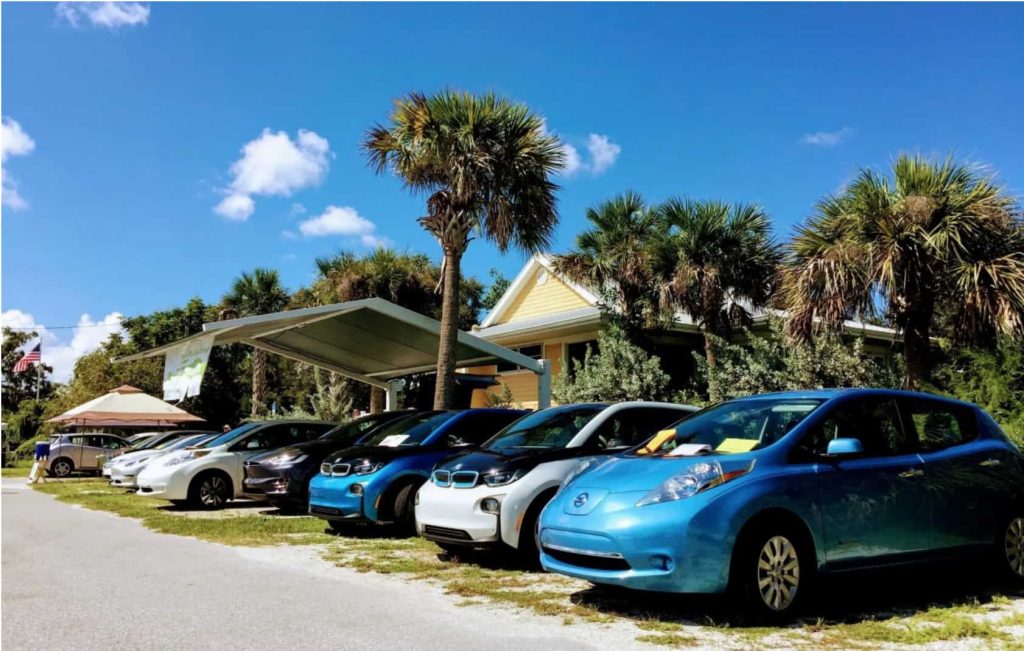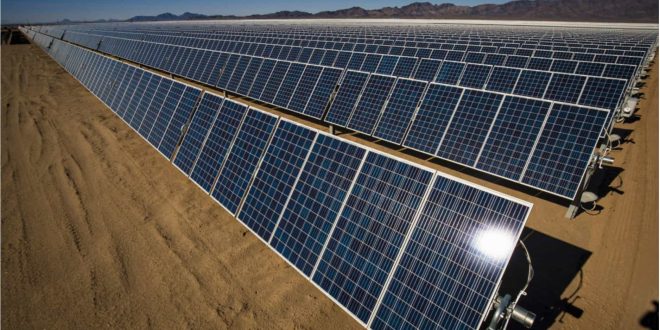This new advance enables a dramatic increase in energy-producing capacity for every square meter installed.
by Nick Szymanowski
MIT Scientists Discover New Way to Clean PV Panels
Resources of every kind are in high demand. At the same time, numerous ecological overshoot issues cause climate chaos, in turn creating an economic tightening of flow. This makes a discovery by research scientists funded by the Massachusetts Institute of Technology (MIT) even more awesome because it promises to improve solar efficiency immensely.
They have come up with an ingenious way to make sure solar photovoltaic (PV) panels have the highest energy capture capacity possible. Inspired by the water crisis in countries around the planet, the solution they have found is static electricity.
Cleaning PV Panels
Even in areas with high rainfall, it is common to spray down silicon electricity collectors with water to clean them. This can easily cause damage over time, and decrease their efficiency. One of the worst things you can do is wipe the dust particles off while the panels are drying. In a desert environment, the task is almost impossible.
A recent research article posted in Science Advances gives more insight into the MIT-funded research. It explains just how challenging the accumulation of dust on solar panels is. The main reason is that the dust blocks out large portions of sunlight. Apart from the potential damage to solar panels, using water costs a lot of money.
“At a global PV capacity above 500 GW, we estimate on the basis of reports that up to 10 billion gallons of water are being consumed every year worldwide for solar panel cleaning purposes, which can otherwise satisfy the annual water needs of up to two million people in developing and underdeveloped countries.”
The article, Electrostatic dust removal using absorbed moisture-assisted charge induction for sustainable operation of solar panels is written by Sreedath Panat and Kripa K. Varanasi. They are also the inventors on a patent application that is related to this work that has been filed by MIT – Systems and methods for removing dust from solar panel surfaces using electric field.
They describe their findings as “a waterless approach for dust removal from solar panels using electrostatic induction.” As the title of the paper suggests, it is the absorbed moisture that provides the key. This, in turn, results in remarkable solar efficiency.
How The Tech Works
The process is remarkably simple. It’s really as simple as the pre-school experiment of rubbing a balloon on your hair to make it stand on end.
As explained on Wikipedia, it’s “an imbalance of electric charges within or on the surface of a material or between materials.” The challenge now would be to create an easy-to-use method that can be distributed to the locations which could benefit from this discovery.
As the study states, “Dust accumulation of 5 mg/cm2 corresponds to almost 50% loss in power output.”
That’s huge! And with at least 10 of the world’s largest solar harvesting facilities being in desert areas, this could have an even more massive impact on the amount of energy obtained from renewables. Half of these are located in China and India. And these are two countries that were singled out by an IEA report earlier this year for being the highest contributors to global carbon emission increases.
Therefore, having an easy-to-use solution is a godsend for developing nations that are looking to gain every kW-hr they can, to give their people a better quality of living. However, this is also great news for people in those areas that have already begun to make shifts in sustainable energy policy.
Have Solar Installed and Get a Passive Income
There are loads of places around the world where governments will give you a tax credit to install solar PV panels on your home. The local smart-grid utility will send you cash for the excess energy you harvest, which your neighbors and local businesses can then use. And a cleaning solution, which doubles the potential electricity you can gather, would mean that even more people would have access to renewable energy. Plus, you’d be making a bunch of extra money.
According to a whole lot of organizations linked on the EV Charging Summit’s Factsheet, having solar power available for electric cars will have one of the most meaningful impacts on the reduction of greenhouse gas emissions. And this shift to local clean energy harvesting will make it possible for communities to build wealth, and live in healthy places filled with economic opportunity.

Implications For the Global Energy Matrix
Since the United States is still the most energy-hungry nation on the planet, it’s worth taking a look at what they are doing.
As an example, the Infrastructure Bill that was passed by the Biden Administration in November 2021 makes some vital investments in electric car charging and general accessibility for communities throughout the country. This is an all-important leap for people to power their transportation with renewables. It also provides a readily-available method to double the harvesting of solar. That means that twice as many cars could be using clean energy right now.
An incredible jump like this, extrapolated over the entire global network, and combined with other increases in efficiency, could be the catalyst for a mass shift to domestic renewables.
This is amazing, not just for possible reductions in carbon emissions, but also because of the conclusions of the New Economics Foundation in their Five Steps to A Green New Deal study.
“The government will not be able to level up struggling parts of the country without facing up to our biggest challenge: the climate crisis.”
It stands to reason, therefore, that shifting our communities to a renewables-based lifestyle is the best way to ensure that we’re able to provide for people as we adapt to the change. Solar efficiency is one of the key initiatives.
 The Argus Report Read about it!
The Argus Report Read about it!





